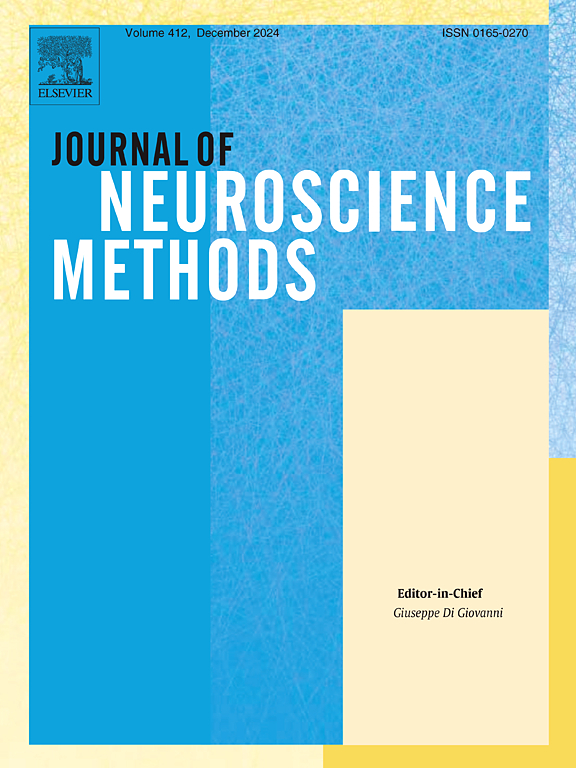内耳神经鞘瘤原代培养
IF 2.3
4区 医学
Q2 BIOCHEMICAL RESEARCH METHODS
引用次数: 0
摘要
前庭耳蜗神经鞘瘤(VS)是由第八脑神经的雪旺细胞引起的良性肿瘤。虽然VS通常位于内耳道(IAC)或桥小脑角(CPA),但有一部分发生在内耳,称为内耳神经鞘瘤(IES)。它们的位置影响肿瘤控制、听力和前庭功能方面的治疗策略。尽管IES与位于CPA或iac的VS在流行病学、解剖病理学、生长行为和临床管理方面存在差异,但对IES的生物学特性知之甚少。我们开发了一种可靠的技术,从10个IES样本中分离原发肿瘤细胞,用于标准化应用。细胞分离、处理、培养28天。四个样本通过评估神经鞘瘤细胞的形态和稳定性以及单核细胞的存在进一步表征。结果所有样品原代细胞均成功培养并扩增28天以上。序贯影像显示典型的神经鞘瘤细胞形态和稳定的生长模式。现有方法的比较目前为止,现有的方案主要集中在CPA/IAC中建立VS原代培养,本研究首次成功建立了内耳不同部位的IES细胞原代培养。结论本研究旨在为研究IES的生物学特性提供一个有价值的体外模型系统,允许扩大一种罕见的神经鞘瘤亚型的小样本和新的治疗方法的体外分析。本文章由计算机程序翻译,如有差异,请以英文原文为准。
Primary culture of inner ear schwannoma
Background
Vestibulocochlear schwannomas (VS) are benign tumors arising from Schwann cells of the eighth cranial nerve. While VS are commonly located in the internal auditory canal (IAC) or cerebellopontine angle (CPA), a subset occurs within the inner ear, known as inner ear schwannomas (IES). Their location influences management strategies in terms of tumor control, hearing, and vestibular function. Despite the differences between IES and CPA- or IAC-located VS with respect to epidemiology, anatomical pathology, growth behavior, and clinical management, little is known about biological characteristics of IES.
New method
We developed a reliable technique for isolation of primary tumor cells from ten IES samples for a standardized application. Cells were isolated, processed and cultured for 28 days. Four samples were further characterized by assessing morphology and stability of schwannoma cells as well as presence of monocytic cells.
Results
In all samples, primary cells were successfully cultured and expanded for at least 28 days. Sequential imaging showed characteristic schwannoma cell morphology and a stable growth pattern.
Comparison with existing methods
While existing protocols had focused on establishing primary cultures of VS in the CPA/IAC so far, this study presents the first successful establishment of primary IES cell cultures from different locations within the inner ear.
Conclusion
This work is intended as a proof-of-principle to provide a valuable in vitro model system for investigating biological properties of IES, allowing expansion of small samples of a rare schwannoma subtype and in vitro analysis of new therapeutic approaches.
求助全文
通过发布文献求助,成功后即可免费获取论文全文。
去求助
来源期刊

Journal of Neuroscience Methods
医学-神经科学
CiteScore
7.10
自引率
3.30%
发文量
226
审稿时长
52 days
期刊介绍:
The Journal of Neuroscience Methods publishes papers that describe new methods that are specifically for neuroscience research conducted in invertebrates, vertebrates or in man. Major methodological improvements or important refinements of established neuroscience methods are also considered for publication. The Journal''s Scope includes all aspects of contemporary neuroscience research, including anatomical, behavioural, biochemical, cellular, computational, molecular, invasive and non-invasive imaging, optogenetic, and physiological research investigations.
 求助内容:
求助内容: 应助结果提醒方式:
应助结果提醒方式:


